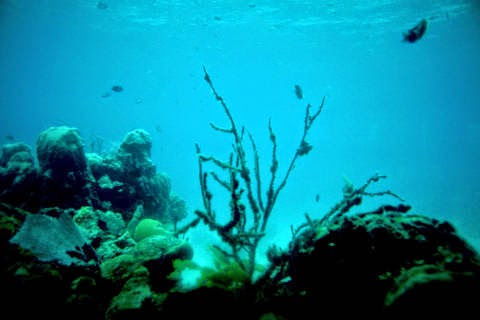A Biblical Creationist Explanation for the Odd Mix of Ice Age Fossils

It has been a puzzler for paleontologists that there is such a wide mix of life forms as a result of the Ice Age. Uniformitarian explanations fail. The problem is compounded because of their presuppositions; the data will not fit. One of their beliefs is that there were several ice ages over a long period of time. Biblical creationists have alternative views that include the Genesis Flood. The data fit a Flood-caused Ice Age model far better than the secular versions. Disharmonious or nonanalog associations refer to the strange mix of animals and plants from widely different climates or environments in the same sediment. Such associations occurred during the Ice Age in both the northern and southern hemispheres and are the rule and not the exception. Animals that loved the warmth were found at high latitude while animals that loved the cold were found at much lower latitudes. Disharmonious associations apply not only to large mammals, but to other flora as well as to fauna: C





